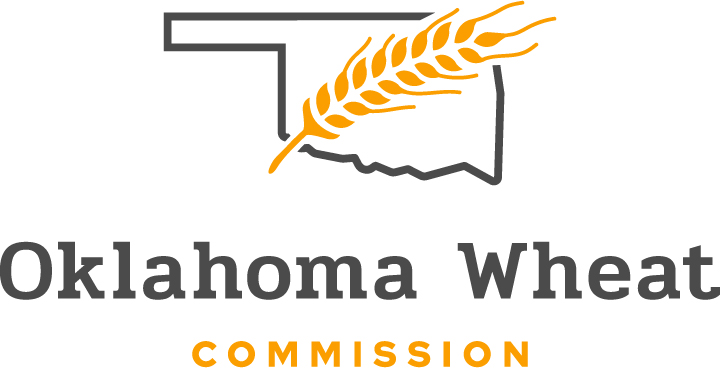
Agricultural News
On-Going Drought Conditions to Persist Until 2020
Mon, 22 Sep 2014 14:48:09 CDT

Oklahoma is in the midst of two long term weather cycles in the Atlantic and Pacific Oceans that cause drier than normal conditions. Attendees at the Western Governor's Association Drought Forum held Thursday at the National Weather Service Center in Norman heard about the outlook for drought continuing for the south central United States. In a interview with the Radio Oklahoma Network, Mark Shafer, Deputy Director of the Oklahoma Climatological Study and Director of the Southern Climate Impacts Planning Program for the Association said these large scale ocean circulations in the Pacific and Atlantic Oceans change very slow and he doesn't expect the situation to change until after 2020.
"That kind of favors a dry pattern," Shafer said. "Doesn't mean that we are going to stay in drought or that we are not going to get relief from it, but tends to kind of shape things that way for the south central US."
The impact of this drier than normal pattern will very throughout the county. Texas, Oklahoma, New Mexico and southeastern Colorado may not see the exceptional or extreme drought, but drought-like conditions will continue for at least another five more years. Shafer said drought will come and go, but the bigger challenge comes from extreme dryness that has already occurred that has depleted subsurface soil moisture. The only solution is more rain and it's going to have to fill the subsurface before runoff occurs which is needed to refill lakes.
"So it's kind of like you have a sponge and you are pouring water on the sponge," Shafer said. "It's going to soak up water until it can't any more, then that water is going runoff and that is how you are going to refill the lakes, but you have to refill that sponge first."
While you can't stop the drought, Shafer said we can prepare for it with a drought early warning system. This including planning ahead for wild fires by organizing crews and being ready to deploy crews to designated locations. City utilities can plan ahead by conserving water earlier with water restrictions. This also includes making changes to laws before the situation arises. During the extreme drought of 2011, Governor Mary Fallin recognized the vast amount of hay being shipped into the state. Trailers that were more than 11 feet wide required a wide load tag. Large hay bales are six feed wide. By changing the exemption to 12 feet wide, twice as much hay per trailer was allowed to be brought in. Schafer said this change made the movement of resources a lot more efficient.
With the vast amount of environmental challenges the state has seen, Oklahoma has become one of the best prepared states for natural disasters. Through the lessons the state has learned in recent years they are sharing their insight with California, which is going through unprecedented drought conditions this year. Shafer said hosting this national meeting also promotes communication, sharing resources and disaster preparation.
WebReadyTM Powered by WireReady® NSI
Top Agricultural News
More Headlines...




















